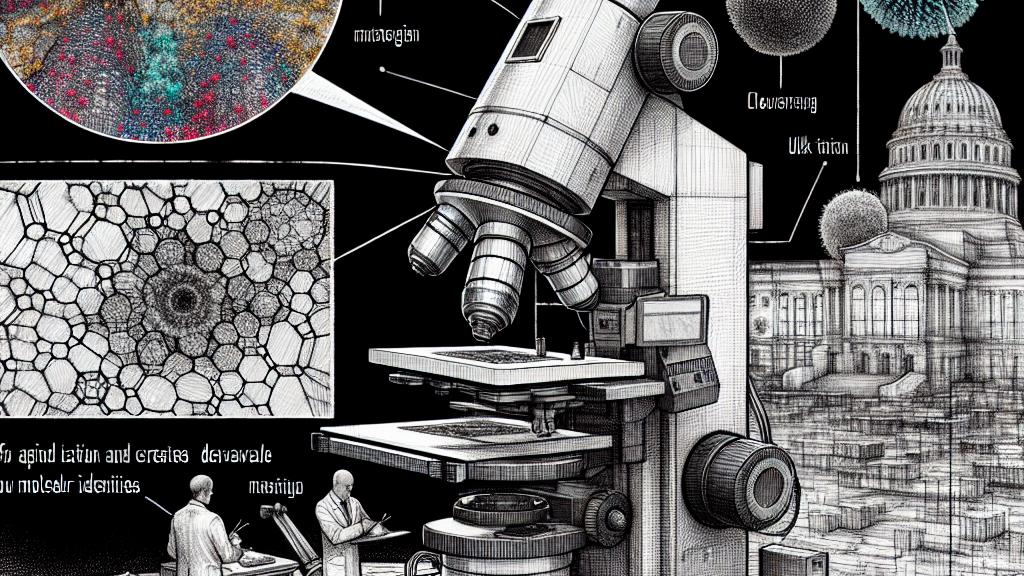Innovative Nanoscale Imaging Method Enhances Material Durability Discovery
Overview
- Groundbreaking imaging method achieves stunning resolution of 1.6 nanometers.
- Combines atomic force microscopy with advanced machine learning for detailed analysis.
- Promising implications for durable materials and eco-friendly plastics development.

A Paradigm Shift in Nanoscale Imaging Technology
At Tufts University in the USA, engineers have pioneered an extraordinary imaging method that can capture details at an astonishing 1.6 nanometers—the size of a single DNA molecule. This isn't just an incremental improvement; it's a paradigm shift in how we visualize materials at the nanoscale! Traditional atomic force microscopy (AFM) often resembles a rough, black-and-white sketch of a complex landscape, providing limited insight into the materials' composition. However, by integrating machine learning with advanced AFM techniques, researchers can produce vibrant, color-coded maps that reveal not just the structure but the distinct molecular identities within samples. Imagine the possibilities this presents for scientists eager to explore the intricate worlds of nanotechnology and materials science!
Accelerating the Development of Durable Materials
Now, envision a future where developing new materials is as swift and precise as clicking a button! This innovative imaging technique has the potential to radically transform materials development, especially for those with unique mechanical, thermal, or optical properties. For instance, let’s consider car bumpers made from composite materials—these are not only safer but also more durable than ever before. Thanks to the insights gained from this advanced imaging, manufacturers can quickly assess how these materials respond to extreme conditions, such as intense heat or UV exposure. In doing so, they can optimize the design for longevity and safety, directly impacting consumer confidence and overall public safety. The implications for industries like automotive manufacturing are truly profound!
Wider Impacts on Sustainability and Health
But wait, there's more: the benefits of this remarkable imaging technology extend far beyond just automotive applications. Consider the pressing environmental challenge of microplastics—these tiny pollutants wreak havoc on ecosystems. By identifying innovative plastic composites that degrade harmlessly and efficiently, this technique could help mitigate the production of microplastics in our oceans. Furthermore, in the healthcare sector, this technology can be instrumental in studying tooth enamel and developing protective coatings that withstand decay. Imagine a world where our dental health could significantly improve thanks to advanced coatings derived from insights gained through nanoscale imaging! Thus, this cutting-edge method doesn't just redefine material science; it holds the key to a sustainable future and promises enhanced health outcomes for all of us. Together, we can look forward to a future that's brighter and more innovative!

Loading...